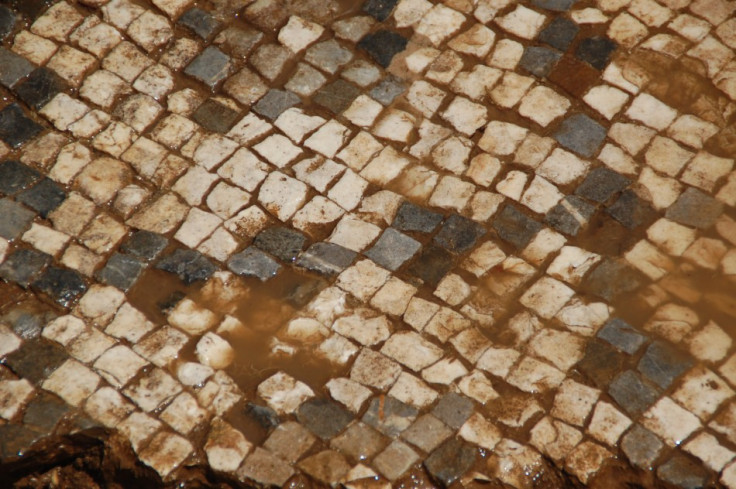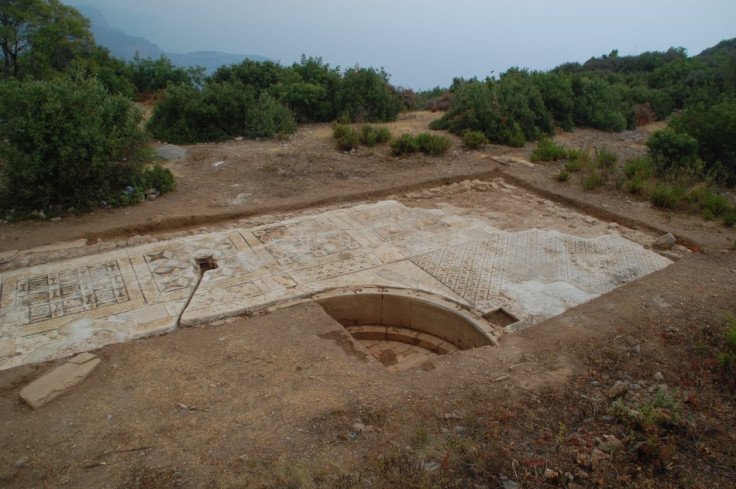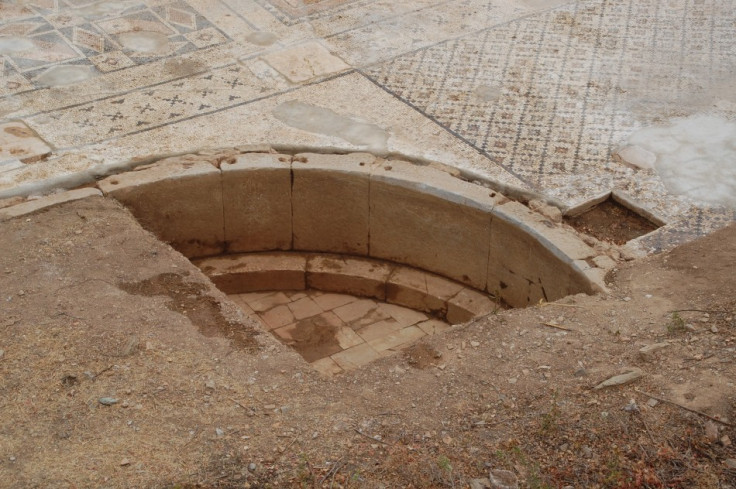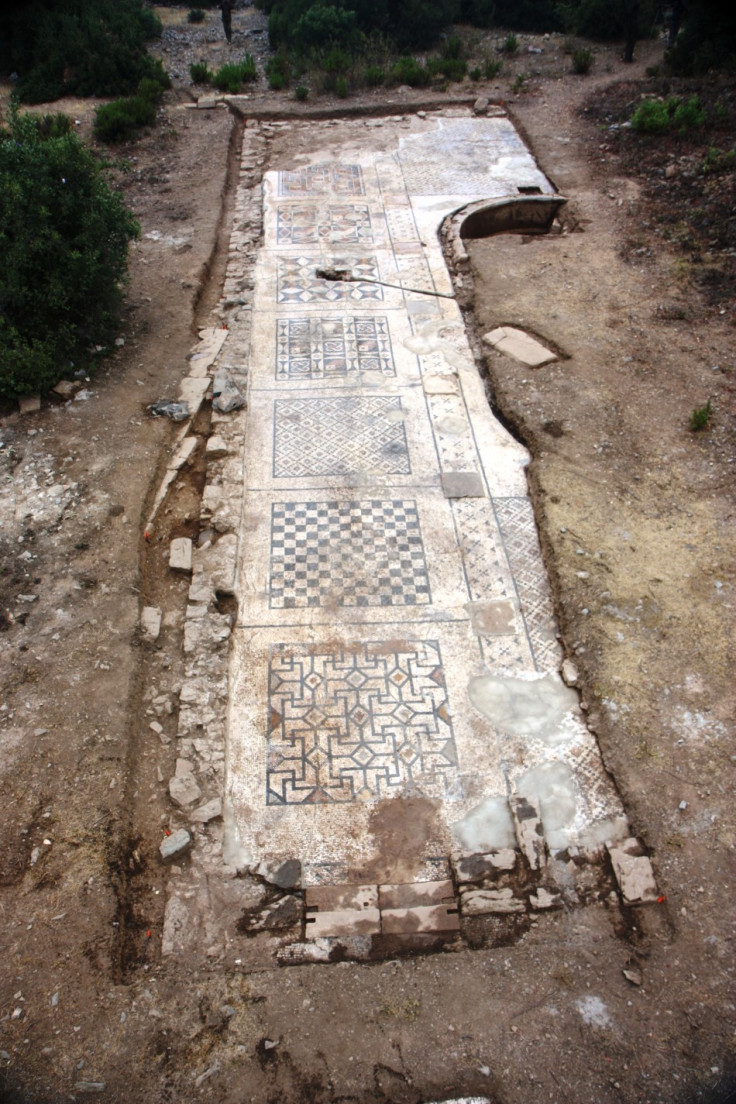Giant Roman Mosaic Unearthed in Turkey [PHOTOS + VIDEO]

A stretch of mosaic paving from the Roman era has been excavated near the Mediterranean coast in southern Turkey.
Spanning around 1600 sq ft, the mosaic is thought to be the largest of its kind in the region. It was found by archeologists excavating the ancient city of Antiochia and Cragum in Anatolia on the southern Turkish coast; the region was ruled by the Roman Empire during the 3rd or 4th centuries AD.
"We were surprised to have found a mosaic of such size and of such calibre in this region – it's an area that had usually been off the radar screens of most ancient historians and archeologists, and suddenly this mosaic comes into view and causes us to change our focus about what we think (the region) was like in antiquity," lead archaeologist at the University of Nebraska-Lincoln, Michael Hoff, said in a statement.
Hoff added that a 25-foot-long Roman bath has also been excavated along side of the mosaic. Moreover, the decoration on the mosaic, the geometric patterns of the design and the tiles are quintessentially Roman.
"This would have been a very formal associated pavement attached to the bath. This is a gorgeous mosaic, and its size is unprecedented – so large, in fact, that work crews have uncovered only an estimated 40 percent of its total area,"
Excavation of the full area is set to be complete by summer 2013, according to current estimates.
Archaeologists have been digging at the ruins of Antiochia and Cragum since 2005 to understand the impact of Roman Empire in the area, since the region's archaeology is not well understood.
"It's not a place in which archaeologists have spent a lot of time, so everything we find adds more evidence to our understanding of this area of the Roman Empire," Hoff said.
"We're beginning to understand now that it was more Romanized, more in line with the rest of the Roman world than was suspected before. The nature of the mosaic hammers home how Roman this city truly is."
A YouTube video here shows the site, where the mosaic was discovered (Source: University of Nebraska-Lincoln). Meanwhile, also checkout the photos of mosaic floor below.





© Copyright IBTimes 2024. All rights reserved.






